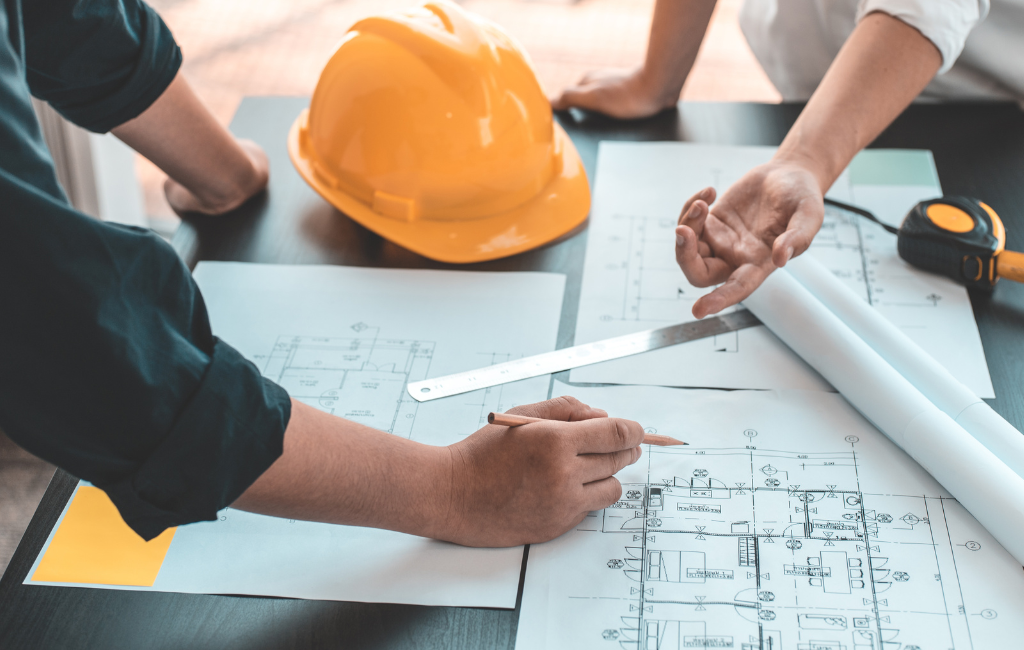
Architect Concepts for Future-Ready Designs
As the world evolves, so does the field of architecture. Future-ready designs are not just about aesthetics; they encompass sustainability, technology integration, and adaptability. This article explores various concepts that architects are embracing to create buildings that stand the test of time.
Sustainable Architecture
Sustainability is at the forefront of modern architectural design. With growing concerns about climate change, architects are focusing on creating eco-friendly buildings. These structures aim to minimize environmental impact through various means.
Green Building Materials
Using sustainable materials is a key aspect of green architecture. Materials such as bamboo, recycled steel, and reclaimed wood are gaining popularity. These materials not only reduce the carbon footprint but also offer durability and aesthetic appeal.
Energy Efficiency
Energy-efficient buildings are designed to reduce energy consumption. This can be achieved through:
- Solar panels
- Energy-efficient windows
- Insulation techniques
- Smart lighting systems
For instance, the Bullitt Center in Seattle is known for its energy-efficient design. It uses solar panels and rainwater harvesting systems, making it one of the greenest commercial buildings in the world.
Technological Integration
Technology is revolutionizing architecture. Smart buildings equipped with advanced technologies offer enhanced functionality and user experience.
Smart Homes
Smart homes are becoming increasingly popular. These homes are equipped with devices that can be controlled remotely, providing convenience and energy savings. Features include:
- Automated lighting and heating systems
- Security systems with remote monitoring
- Voice-activated assistants
The Edge in Amsterdam is a prime example of a smart building. It uses IoT (Internet of Things) to create a highly efficient and user-friendly environment.
3D Printing
3D printing is transforming the construction industry. This technology allows for the creation of complex structures with precision and speed. Benefits include:
- Reduced construction time
- Lower labor costs
- Minimal waste
In 2018, a 3D-printed office building was constructed in Dubai, showcasing the potential of this technology in future architecture.
Adaptable Spaces
Adaptability is a key feature of future-ready designs. Buildings that can easily adapt to changing needs and uses are more sustainable and cost-effective in the long run.
Modular Construction
Modular construction involves creating building components off-site and assembling them on-site. This method offers several advantages:
- Faster construction times
- Reduced waste
- Flexibility in design
The B2 Tower in Brooklyn is an example of modular construction. It was built using pre-fabricated modules, significantly reducing construction time and costs.
Multi-Functional Spaces
Designing spaces that serve multiple purposes is another trend in future-ready architecture. These spaces can be easily reconfigured to meet different needs, making them highly versatile.
The OMA-designed Axel Springer Campus in Berlin features adaptable workspaces that can be transformed to suit various functions, from meetings to social events.
Case Studies
Examining real-world examples provides valuable insights into how these concepts are being implemented.
The Crystal, London
The Crystal in London is a sustainable building that uses renewable energy sources and advanced technologies to achieve high energy efficiency. It serves as a model for future urban development.
One Central Park, Sydney
One Central Park in Sydney integrates green walls and rooftop gardens, creating a vertical garden that enhances air quality and provides a natural aesthetic. This building exemplifies the integration of nature into urban architecture.
Statistics and Trends
Understanding current trends and statistics helps in predicting the future of architectural design.
- According to the World Green Building Council, green buildings can reduce energy consumption by up to 30%.
- The global smart building market is expected to reach $109.48 billion by 2026, according to a report by MarketsandMarkets.
- A study by McKinsey & Company found that modular construction can speed up building processes by 20-50%.
Conclusion
Future-ready architectural designs are characterized by sustainability, technological integration, and adaptability. By embracing these concepts, architects can create buildings that not only meet current needs but are also prepared for future challenges. The examples and trends discussed highlight the potential of these innovative approaches in shaping the built environment of tomorrow.